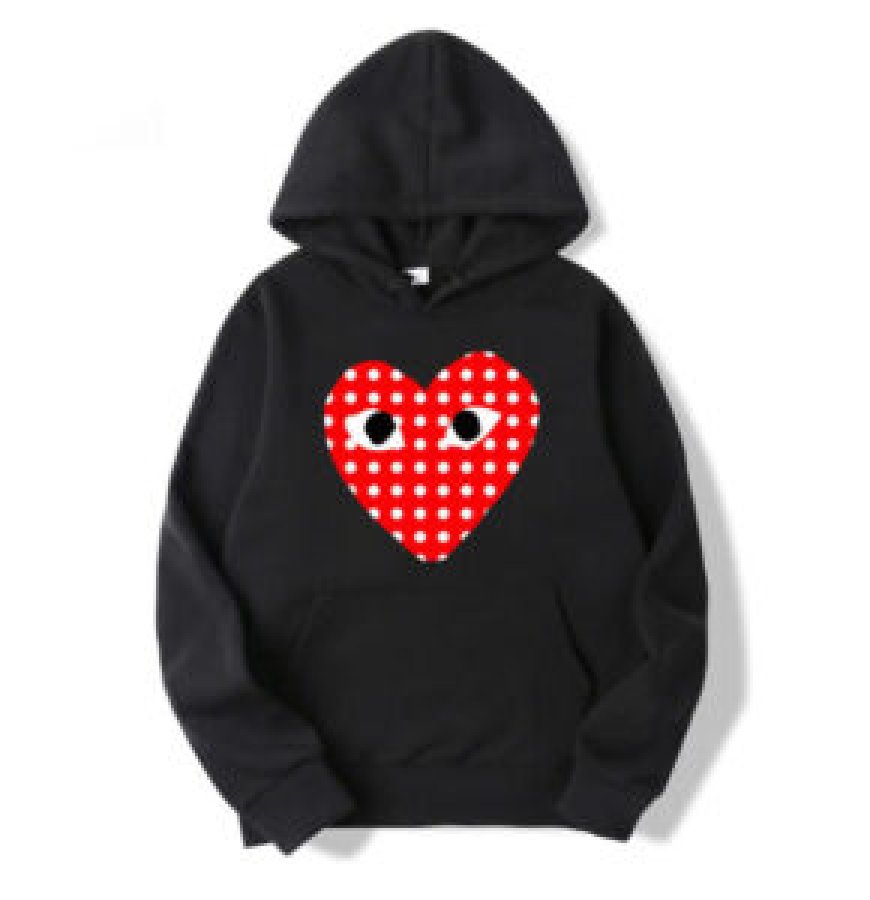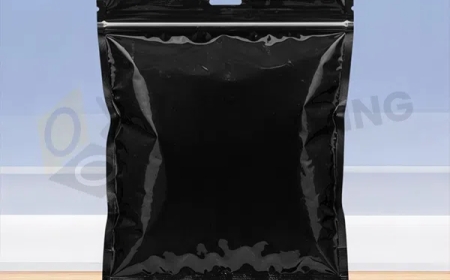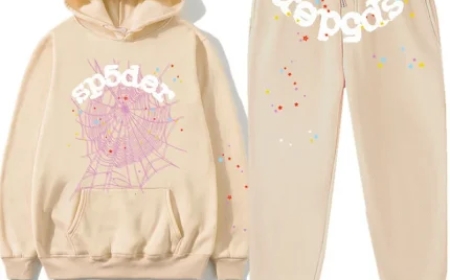Red Circles and Black Voids: Decoding the Comme des Garçons Universe

In the ever-evolving world of fashion, few brands have stirred the imagination, provoked dialogue, and redefined norms quite like Comme des Garons. Spearheaded by the enigmatic Rei Kawakubo since its inception in 1969, Comme Des Garcons the brand transcends the traditional boundaries of apparel. It has become less a clothing label and more an avant-garde philosophy, a disruptive art practice, a coded universe of symbols where red hearts grin playfully and black voids whisper existential truths.
The name Comme des Garons, French for like the boys, itself is a contradictionJapanese by origin, French in identity, and universal in impact. This hybridity is at the heart of Kawakubos vision, which does not merely produce fashion but constructs alternate realities. Each collection, store, and sub-label functions as a cipher in a larger system of meaning. To decode the Comme des Garons universe is to explore a cosmos of contradictions: between presence and absence, love and void, construction and deconstruction.
The Red Heart: More Than a Logo
Arguably the most recognizable symbol of the Comme des Garons world is the red heart with cartoonish eyes, the playful emblem designed by Polish artist Filip Pagowski for the sub-line Comme des Garons PLAY. What appears at first as a simple pop graphic actually conceals a complex conversation between accessibility and irony.
Comme des Garons PLAY is often dismissed as the brands most commercial venturea gateway drug to the deeper, more esoteric main lines. Yet this heart, simultaneously cute and watchful, embodies an intentional contradiction. It serves both as a parody of branding and a challenge to the idea that high fashion must be inscrutable. The red heart is the decoy at the gates of the black void. It smiles, but it watches.
It is also a disruption of minimalism with emotion. In a universe often defined by black, white, and gray, the red heart injects warmth, color, and immediate recognition. It is a logo that behaves like an anti-logo, inviting a mass audience while still belonging to a deeply conceptual brand.
The Black Void: Rei Kawakubos Aesthetic Philosophy
Behind the red heart lies the true core of Comme des Garonsthe black void. Rei Kawakubos collections, particularly under the main line, often operate through subtraction rather than addition. She doesnt design garments as much as she designs absences: missing shoulders, collapsed waists, and exploded silhouettes. In Kawakubos world, beauty emerges from the dismantling of conventions.
The iconic 1997 collection titled Body Meets Dress, Dress Meets Body, often called the "Lumps and Bumps" collection, defied the conventional idealized silhouette. Padded structures were sewn into otherwise simple dresses, disfiguring the body and rendering it alien. The response was polarizingsome called it grotesque, others hailed it as genius. But this polarizing effect is precisely what Kawakubo seeks. She does not design to please; she designs to provoke.
Her 2017 Met Gala theme, Rei Kawakubo/Comme des Garons: Art of the In-Between, solidified her status as one of fashions most cerebral and mysterious figures. Kawakubo became only the second living designer ever honored with a solo show at the Met (the first being Yves Saint Laurent). The exhibition wasn't merely a retrospective but a philosophical framework exploring themes like absence/presence, design/not design, and object/subject. Kawakubo doesnt offer answers. She poses riddles wrapped in cloth.
Sub-Labels as Satellites: A Multiverse of Meaning
To understand the Comme des Garons universe, one must navigate not just a brand but an ecosystem of sub-labels, each with its own orbit and gravitational pull. From the rebellious anti-fashion of Comme des Garons Homme Plus to the gender-bending explorations of Comme des Garons Girl, each line is a fragment of a larger cosmology.
Then there are collaborative projectsComme des Garons SHIRT, Junya Watanabe, Noir Kei Ninomiyaeach extending the philosophy into new territories. These satellites do not dilute the brand; they reinforce its kaleidoscopic nature. Even the Dover Street Market stores, conceived by Kawakubo and her husband Adrian Joffe, function as retail utopias where Comme des Garons is both host and guest. These spaces mix luxury and punk, exclusivity and approachability, creating environments that feel more like conceptual installations than mere shops.
This network approach is deliberate. Kawakubo has said, I want to create something that didnt exist before. By multiplying her lines and collaborations, she fragments the idea of a brand into something more fluid, dynamic, and self-reflexive. The Comme des Garons multiverse is less a corporate strategy and more a cubist paintingmulti-angled, abstract, always in motion.
Fashion as Anti-Fashion: The Politics of Dressing Differently
Comme des Garons is frequently categorized as anti-fashion, a label Kawakubo neither fully accepts nor rejects. Her resistance to fashion trends is not mere rebellion but a philosophical critique of fashion as a conformist industry. For her, clothing is not a means to fit in but a method of expressing dissent, emotion, and abstraction.
There is something inherently political in the way Kawakubo dresses the bodyparticularly the female body. She rejects the sexualization and idealization of form, opting instead to disguise, distort, or even erase the body. This is not about making the wearer invisible; its about shifting the viewers gaze from surface to substance. In this sense, her garments function as armor, as commentary, as sculpture.
Comme des Garons challenges the role of the designer as a tastemaker and the consumer as a follower. Instead, it proposes a world where designer and wearer co-create meaning. In wearing CDG, you are not making a fashion statementyou are entering into a philosophical discourse.
The Future is Void-Shaped
As the fashion world races toward sustainability, digitization, and hyper-branding, the question remains: What place does Comme des Garons occupy in this rapidly shifting terrain? The answer may lie in its refusal to play by the rules.
Even as fast fashion brands mimic its aesthetic and streetwear giants borrow its language, Comme des Garons continues to operate on an almost spiritual plane. Comme Des Garcons Converse Its shows are seasonal but timeless. Its pieces age into art. Its contradictions are its strength.
To understand Comme des Garons is not to decode it entirelybecause full comprehension would defeat its purpose. The red hearts and black voids are not opposing forces, but complementary ones. They are the yin and yang of Kawakubos grand vision: love and loss, form and formlessness, presence and nothingness.
In a world increasingly driven by clarity, Comme des Garons offers the beauty of ambiguity. It asks us to look again. And then look again.


































